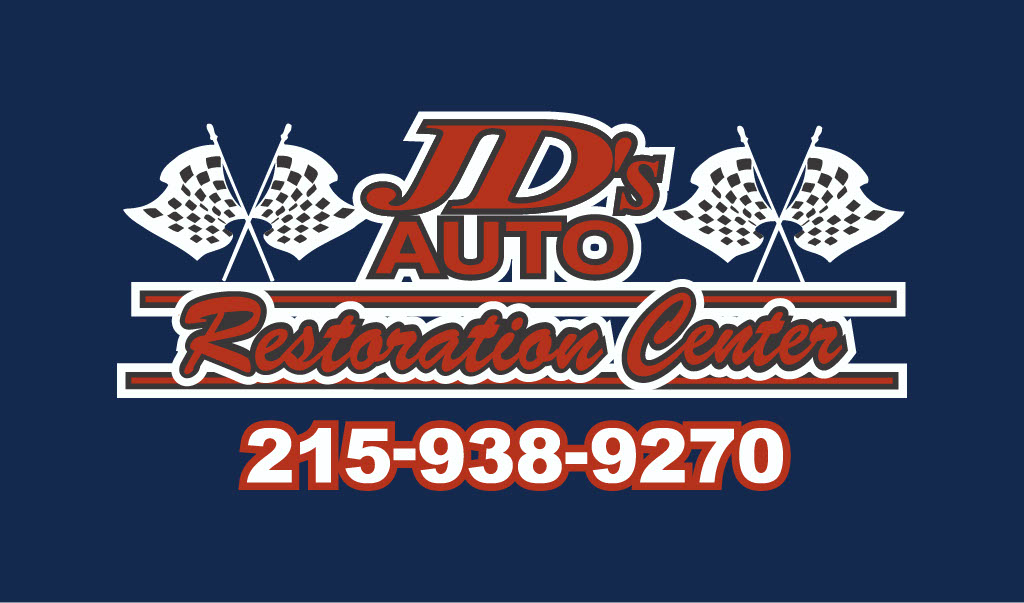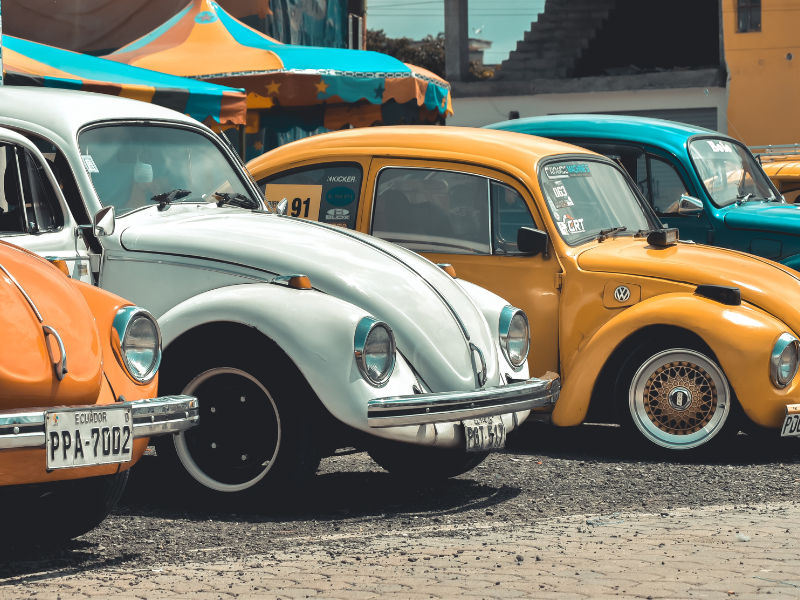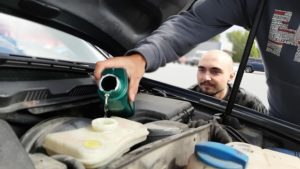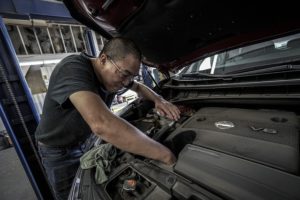Classic car restoration is a worthwhile investment. Taking an old vehicle and returning it to like-new condition rewards you with a unique sense of pride. You become a part of motor vehicle history. It’s important, though, that you do the restoration right. Whether you’re a collector or a daily driver, you want good value for your investment. Let’s look at the most common mistakes to avoid When Restoring a Classic Car.
Getting the Wrong Car
For many first-time restorers, getting the right car stops at choosing the year, make, and model. However, it’s equally important to select the right vehicle when you go to make your purchase. While you might be tempted to save money buying a vehicle in poorer condition, you could be slowing your restoration and costing yourself even more down the line. When you look for your ideal restoration vehicle, do your best to ensure that the one you choose has,
- Little or no rust damage
- No major collision damages
- No extreme wear and tear
- No missing parts
Restoring a Classic Car-Jumping the Gun on Parts & Engine
While you want to ensure you can get the parts needed for your restoration and that you get your engine rebuilt in a timely manner, don’t move too fast on these important steps. If you get parts too soon before you need them, they may get lost or even damaged while waiting for their turn. Likewise, an engine you restore too early will have to sit and wait to be mounted – leading to potential engine damage in the process.

Taking Short Cuts on Metalwork & Paint
Remember, your restoration is an investment. When you budget for your classic car restoration, make sure that you give yourself ample room for metalwork and paint. Using cheap materials or improper paint will cost you down the line, sometimes sooner than you think. If you want to save on metalwork, invest in a car with little to no body and collision damage.
Skipping the Sorting Stage
Hopefully, you took steps to create a checklist when you began your restoration. Make sure that you stick to it and don’t avoid the sorting stage. This is where you’ll take stock of the restoration so far, likely test drives the vehicle, and look for additional work that still needs to be done. Skipping this stage will lead to a sub-standard restoration and will cost you more down the road.
Not Looking for References
Choosing the right restoration partner is just as important as choosing the right car. Even if you’re handling the bulk of the restoration yourself, you’ll likely turn to a professional for your engine, brakes, and other parts of the restoration. Check references, look at their prior work, and make sure they know your vehicle and can do it right.
Are You Restoring a Classic Car in Huntingdon Valley, PA?
If you’re restoring a classic or want a new paint job for your current vehicle, contact us to schedule an appointment.




